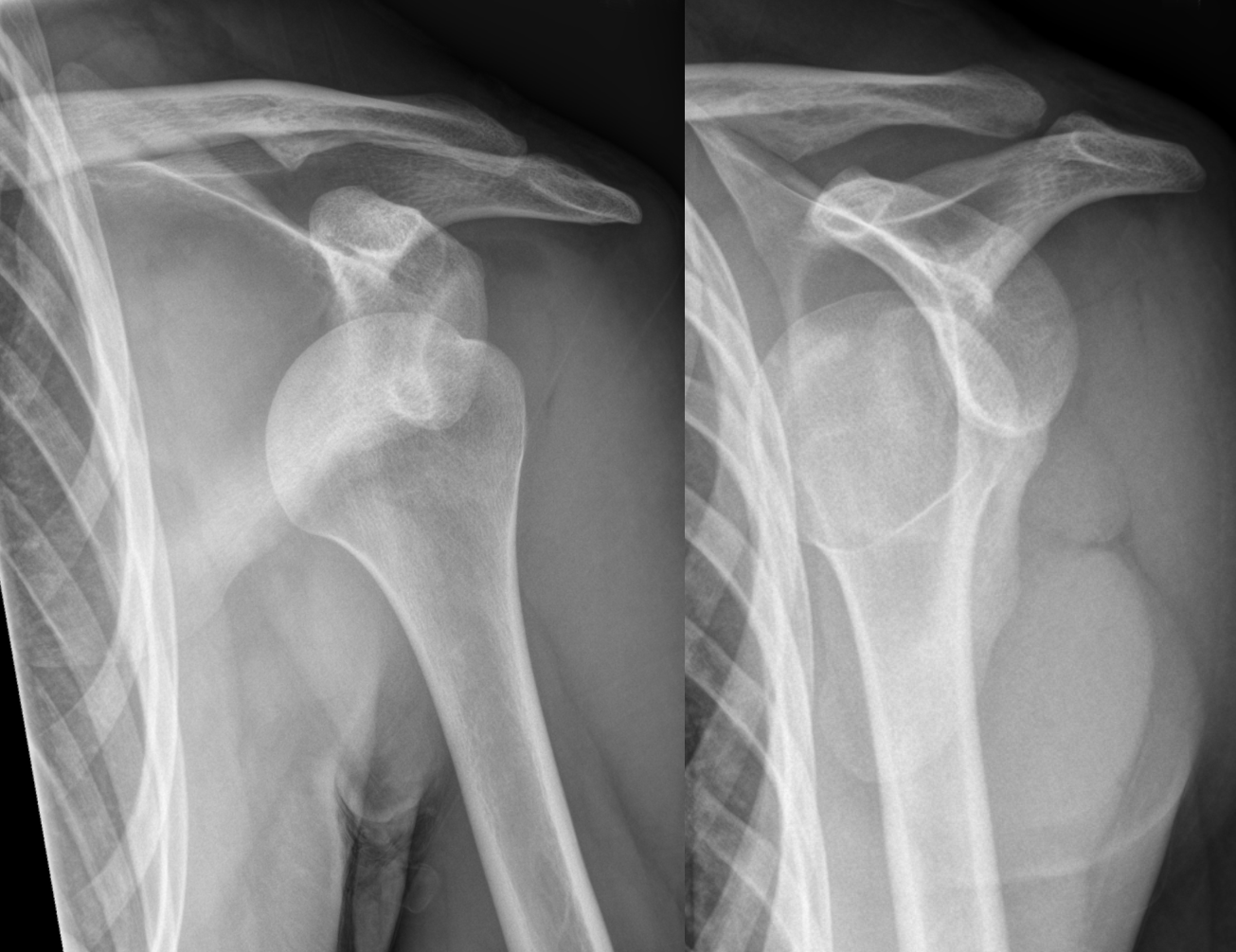Methodology: 3.5/5
Usefulness: 2.5/5
Heidari K. et al. J Shoulder Elbow Surg. 2014 Jun;23(6):759-66.
Journal Club Bottom Line
Question & Methods: Can abduction and external rotation (AbER) immobilization after primary anterior shoulder dislocation reduce rates of recurrence compared to conventional immobilization in adduction and internal rotation (AdIR). A randomized trial.
Findings: After 24 months, the AdIR group recurrence rate was 33.3%; the AbER group 3.9% (P<0.001)
Limitations: Small sample size and single centre.
Interpretation: A positive study showing significant reduction in dislocation recurrence with AbER immobilization. Inconsistent results in similar trials prevent concluding that external rotation is clearly superior but certainly warrants further investigation.
By: Dr Joshua Karram
Epi Lesson
Disease-Specific Quality of Life Measurement Tools
Clinicians and researchers often seek to measure “quality of life” in an objective manner. One example of such “Global” health measurement instrument is the SF12-Health Questionnaire. The Western Ontario Shoulder Instability Index is a 21-item, 4-domain “disease-specific” quality of life measure. A lot of work goes into the development of these quality measures, including: 1) clearly defining the population; 2) defining the disease (via literature review, interviews with clinicians and patients), its severity, and treatment options; 3) reducing the number of identified items; 4) pilot testing; and 5) examination of validity, reliability, responsiveness, etc. It is also customary to re-validate these tools when translated into a new language, or when considering their use with a different population.
By: Dr. Christian Vaillancourt


